Welcome to the mesmerizing world beneath the waves, where danger lurks in the form of the Top 10 Deadliest Fishes In The World.
In the vast and mysterious ocean, some of the most beautiful and captivating creatures possess a deadly edge that demands our utmost respect.
Journey with us as we dive deep into the realms of these formidable underwater predators, exploring their lethal adaptations, habitats, and the potential risks they pose to unsuspecting prey and even humans.
From the razor-toothed hunters of the deep to the stealthy assassins of coral reefs, prepare to be enthralled and amazed by the lethal grace and power of these formidable aquatic beings.
Join us in this riveting exploration of nature’s deadliest fishes, and gain a newfound appreciation for the delicate balance that governs life in the oceans.
1. Wels Catfish
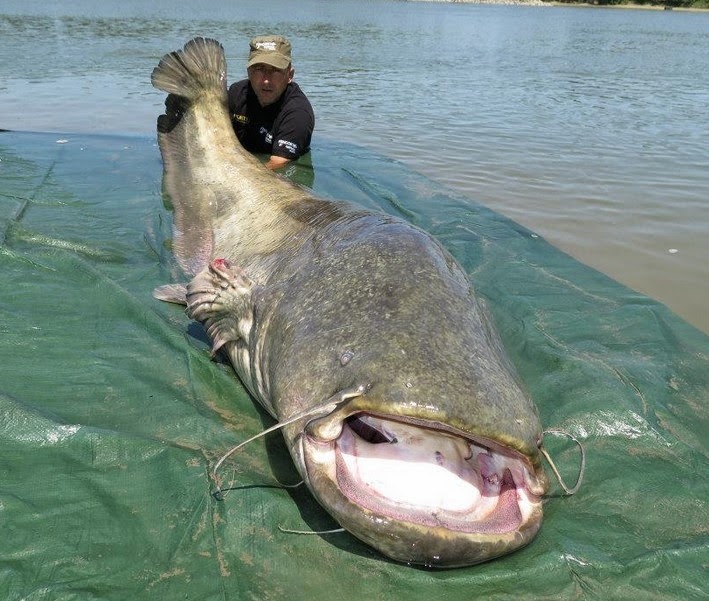
The Wels catfish, sometimes known as sheatfish, is a big species of catfish native to central, southern, and eastern Europe, particularly the Baltic, Black, and Caspian Sea basins.
The Wels Catfish are extremely ferocious predators who do not play around with their prey.
They primarily consume fishes, frogs, and aquatic fowl.
Despite the fact that a scene occurred in which we, the humans, were attacked by this ferocious fish, whose sharp teeth are extremely lethal to us.
2. Electric Ray
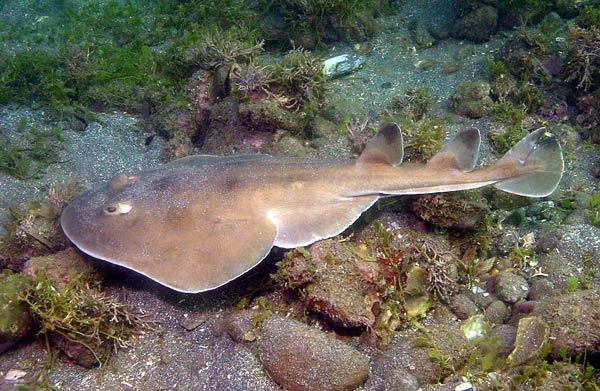
The order Torpediniformes includes the electric rays, which are flattened cartilaginous fish with expanded pectoral fins.
The Electric Ray has the shape of a kidney and is very electro-active. They do generate and store electricity within their bodies in order to use it as a defense against predators as well as a weapon to catch prey.
They go unnoticed since they can only be discovered on ocean floors or buried in mud and sand.
Electric rays have a dark brown hue that matches ocean floors. It assists them in hiding from potential predators.
Trending: Easy Steps on How to become an Animal Psychologist
3. Lion Fish
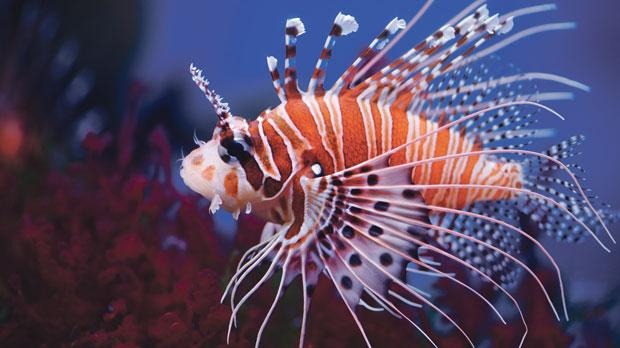
Pterois is a genus of venomous marine fish native to the Indo-Pacific, usually known as lionfish.
Pterois, commonly known as zebrafish, firefish, turkeyfish, or butterfly-cod, is distinguished by its prominent.
The Indo-Pacific region is home to venomous lion fishes with toxic spines.
What about their prey? Because of the threat posed by their venomous spine, they have only a few predators.
Despite the fact that some of its predators result in a fatal toll whenever they attack.
Lion fish poison can also be dangerous to humans. The sting of a lion fish is excruciatingly painful, and their poison can cause breathing difficulty and nausea.
The Lion Fish was previously found primarily in the Indo-Pacific region, but they are now also found in the Atlantic Ocean.
4. Electric Eel
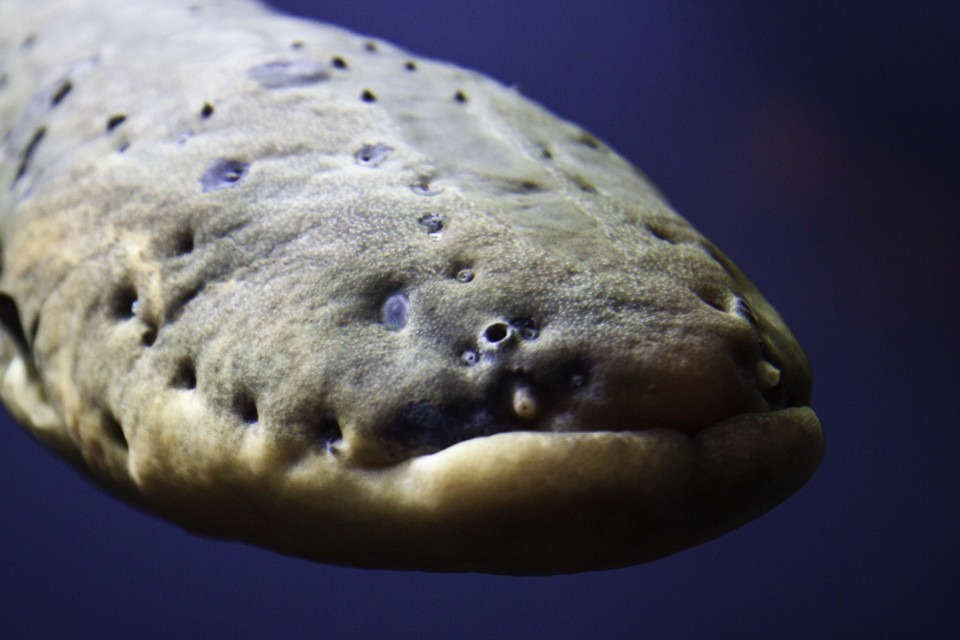
The electric eel is the only species of electric fish in the genus. It is not an eel, despite its name, but rather a knifefish.
The Electric Eel is mostly found in streams or ponds of the Amazon and Orinoco Rivers.
This lethal fish is well known for its superpower, which is a massive discharge of electricity.
Their bodies include almost 6000 electrolytes, a rare sort of cell.
These cells can generate a maximum electric shock of 600 volts when combined.
In humans, an electric eel attack can cause cardiac failure.
Electric eels use their electric discharge power to defend themselves against predators and to stun victims.
They can defend themselves against prey and can destroy prey with the help of their electric discharge.
5. Bull Shark
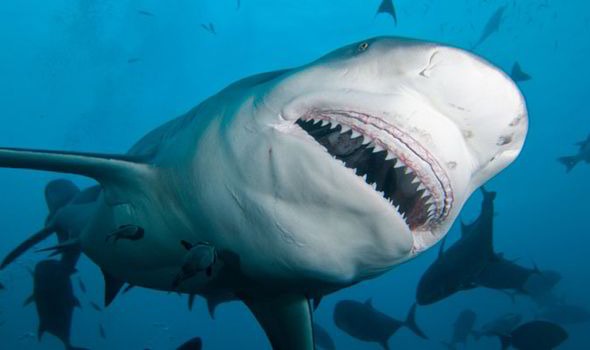
The bull shark, also known as the Zambezi shark or, unofficially, as Zambi in Africa and Nicaragua shark in Nicaragua, is a requiem shark that lives in warm, shallow waters along coasts and rivers around the world.
When it comes to the most lethal sharks found in warm oceans around the world, the Bull Shark comes out on top.
Bull sharks get their name from their short, blunt snout.
Unlike other shark species, bull sharks are known to travel through fresh water.
They have kidneys that have been carefully developed to let them to survive in fresh water.
Another lethal feature of the Bull Shark is its ability to adapt to various water environments such as rivers and lakes.
As a result, there are numerous opportunities for people to be assaulted by them. In total, “121 human” attacks have been reported.
Bull sharks are quick and aggressive predators. Turtles, mollusks, birds, crustaceans, and dolphins are their primary prey.
Nonetheless, they have a proclivity to attack anything in their path, including other sharks and humans.
See Also: Complete guide: Easiest way to Become an Animal Trainer
6. Piranha
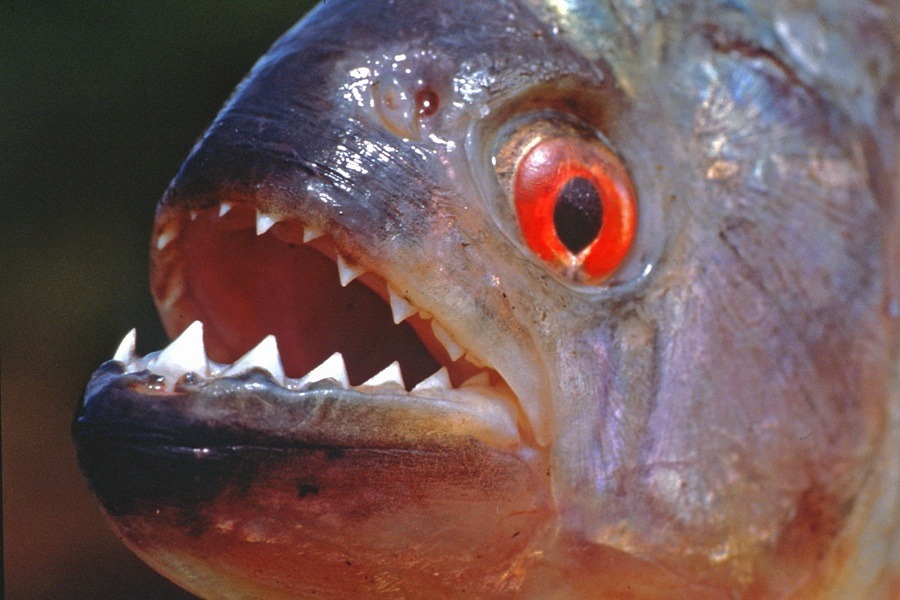
A piranha, sometimes known as a piraa, is an omnivorous freshwater fish found in South American rivers.
It is a member of the Characiformes family. They are known as caribes in Venezuela.
They are distinguished by their razor-sharp teeth and powerful jaws.
Piranhas are well-known for their meaty flavor and razor-sharp triangular teeth.
They live in rivers in South America.
A piranha’s bite force can be 25-30 times its own body weight.
In this manner, this lethal predatory fish may crush enormous creatures in a matter of minutes.
Piranhas eat mostly carrion, fish, crabs, and seeds.
Yet, hungry piranhas will attack anything in their path.
They hunt in groups in order to catch larger prey.
The collective attack of piranhas is nearly impossible to avoid.
7. Great White Shark

The great white shark, also known as the great white, white pointer, white shark, or white death, is a type of big lamniform shark found in all major oceans’ coastal surface waters.
Great white sharks are referred to as ‘Killer Machines’ in the same way that crocodiles are.
Their habitats are coastal temperate waters all throughout the planet.
Since 1580, there have been 403 documented white shark attacks on humans, 65 of which were fatal.
Despite the fact that white sharks are not as frightening as they are portrayed in movies.
They take a bite of the victim to see if it is a delicious food or not.
Humans are never preferred as a nice food by white sharks.
Yet, a white shark’s powerful bite might result in death.
Great white sharks like fatty prey such as seals and sea lions.
8. Stone Fish
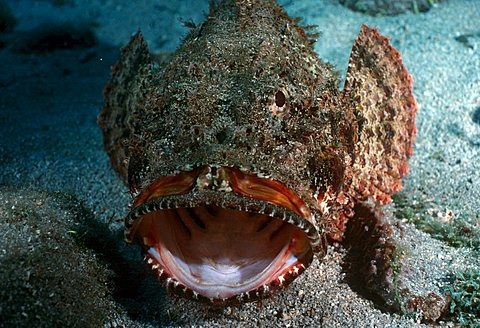
Synanceia is a genus of fish in the family Synanceiidae, the stonefishes, the individuals of which are poisonous, hazardous, and even fatal to humans.
It is one of the most venomous fish in the planet.
These can be found along the Indo-Pacific coast.
They are one of the world’s deadliest fish, and they live in the tropical, marine waters of the Indo-Pacific oceans.
Stone fishes have 13 strong dorsal spines that contain highly toxic venom.
Its sting is excruciatingly unpleasant. It causes swelling, breathing difficulties, vomiting, diarrhea, and paralysis.
Stone fish venom can potentially be lethal if not treated properly.
Stone fishes with brownish coloring can blend in nicely in the ocean.
They have the appearance of stone on ocean floors. Swimmers and scuba divers must exercise caution when near stone fish.
9. Puffer Fish

The puffer fish is the world’s second most lethal fish.
Puffer fishes are found in 120 different species around the world.
They can be found in tropical and subtropical ocean waters all around the world.
Most puffer fish species contain tetrodotoxin, which is 1200 times more toxic than cyanide.
The lethal tetrodotoxin present in a puffer fish’s liver, kidneys, eyes, spikes, and ovaries.
When confronted with a threat, they round out their bodies.
This method allows puffer fish to coat their bodies with toxic spikes.
The puffer fish toxin is one of the most lethal poisons known to mankind.
The lethal toxin can kill an adult human in a matter of minutes.
Unfortunately, no antidote exists for puffer fish toxin.
Puffer fish meat is still regarded a delicacy in Japan, Korea, and China.
The puffer fish dish is known as ‘fugu’ in Japan.
It is a really pricey dish. In Japanese restaurants, only certified chefs are permitted to cook fugu.
10. Box Jelly Fish
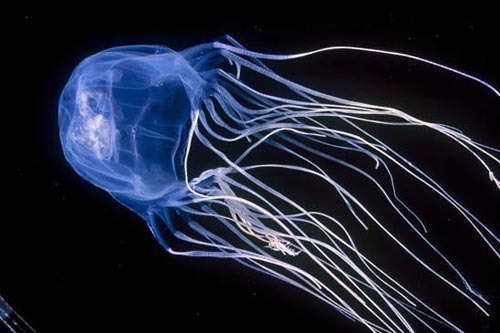
The cube-shaped medusae of box jellyfish separate them from other cnidarian invertebrates.
Chironex fleckeri, Carukia barnesi, and Malo kingi are three box jellyfish species with exceptionally strong venom.
The box jellyfish is the most venomous organism on the planet.
The venom of box jelly fish affects the heart and nerve system.
The human victims will almost certainly die of heart failure before reaching the coast.
Every year, more than 100 individuals are killed by box jellyfish attacks around the world.
Box jellyfishes are named because their cube-shaped bodies, which can be found all over the Indo-Pacific Ocean.
Each side of their body has up to 15 tentacles. These tentacles can grow to be 10 feet long and contain over 5000 stinging cells.
Incase You Missed: 78 perfectly timed photographs
Conclusion
Exploring the Top 10 Deadliest Fishes In The World was an eye-opening voyage into the astonishing diversity and devastating prowess of these undersea predators.
These fishes command both awe and dread as they navigate their aquatic realms with unrivaled precision and lethal adaptations, from the depths of the oceans to the bright coral reefs.
We’ve seen an astounding variety of hunting techniques and survival strategies used by these critters during our trip.
Their razor-sharp teeth and venomous spines abilities demonstrate that they have been well designed for survival and predation.
Nonetheless, as we marveled at their ferocity, we were reminded of the delicate balance that regulates our waters.
While these fishes play an important role in ecological balance, their increasing vulnerability due to habitat loss, pollution, and exploitation raises severe concerns for the future of marine ecosystems.
Our expedition has illuminated the significance of conservation efforts to safeguard these magnificent species, preserving their place in the intricate fabric of marine life.
We can cultivate a happy coexistence that benefits both marine life and humanity by recognizing and respecting their function in nature.
As we say goodbye to this enthralling adventure, let us use the information and appreciation we’ve gained for these deadly fishes and advocate for the preservation of our valuable marine heritage.
Only by concerted conservation efforts can we ensure a prosperous future for these amazing species and the aquatic treasures that continue to astound and excite us all.
See what others are reading:
- 10 Shocking Women You Won’t Believe Are Real
- Top 15 Celebrities Who Never Aged
- 10 Shocking Men You Won’t Believe Are Real
Didn't find what you were looking for? Search here


